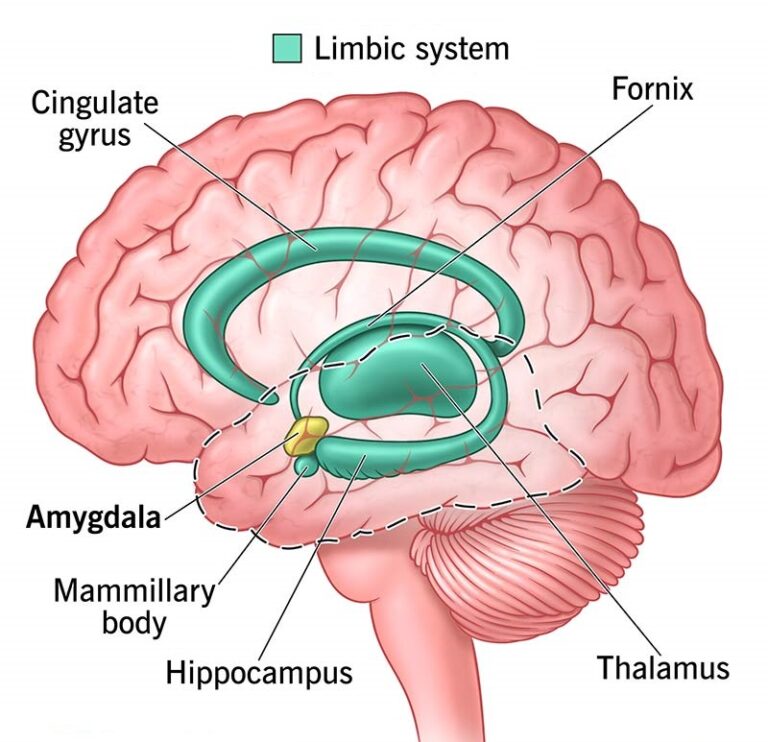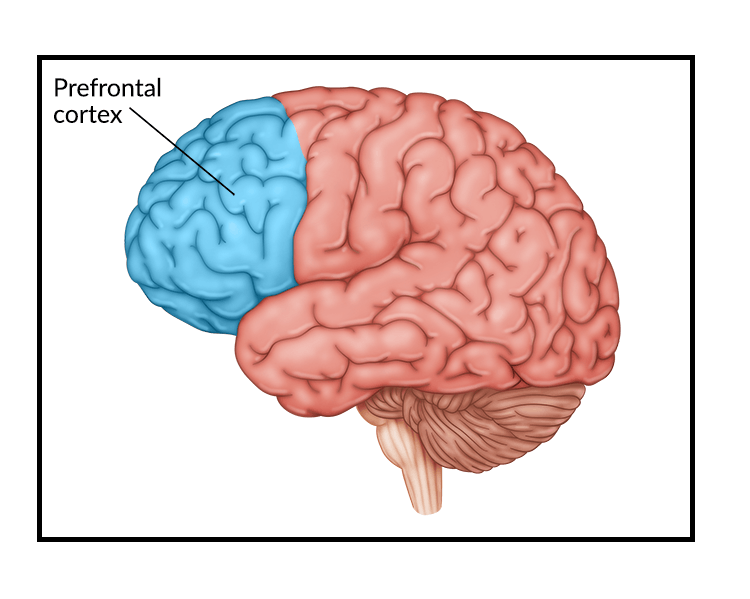
Psychology’s exploration of human potential often delves into the spiritual and transcendent aspects of existence. Transpersonal Psychology, a holistic school of thought, seeks to integrate the spiritual, emotional, intellectual, physical, and social dimensions of human experience. It transcends the individual, exploring higher states of consciousness and the interconnectedness of all beings.
What is Transpersonal Psychology?
Transpersonal Psychology focuses on the experiences and processes that go beyond the ego or personal identity. This school of psychology is concerned with self-actualization, spiritual growth, and the transcendent aspects of human existence. It views psychological well-being as interconnected with spiritual health and broader existential concerns.
For example, an individual seeking to find purpose in life through meditation and mindfulness is engaging with the principles of Transpersonal Psychology.
Origins and Historical Foundations
Transpersonal Psychology emerged in the 1960s as an extension of Humanistic Psychology. It was influenced by the works of Carl Jung, Abraham Maslow, and Eastern spiritual traditions.
Key Figures in Transpersonal Psychology:
- Abraham Maslow: Introduced the concept of self-actualization and later expanded it to include “self-transcendence.”
- Stanislav Grof: Known for his work on holotropic breathwork and exploring altered states of consciousness.
- Ken Wilber: Developed integral theory, which incorporates Transpersonal Psychology with multiple dimensions of human development.
Core Principles of Transpersonal Psychology
Transpersonal Psychology is based on the following foundational principles:
1. Transcendence of the Ego
- Emphasizes experiences that go beyond the personal self, connecting with something larger than oneself.
- Example: A person feeling unity with nature during a hiking trip.
2. Higher States of Consciousness
- Recognizes the transformative power of altered states of awareness, such as meditation, prayer, or psychedelics.
- Example: Using mindfulness practices to achieve clarity and emotional balance.
3. Integration of Spirituality
- Combines psychological theories with spiritual practices for holistic well-being.
- Example: A therapist incorporating meditation techniques into counseling sessions.
4. Interconnectedness
- Highlights the interconnectedness of all beings and the universe.
- Example: Feeling a sense of unity and compassion during a community service activity.
5. Self-Transcendence
- Encourages moving beyond self-centered goals to contribute to the greater good.
- Example: A philanthropist finding fulfillment through acts of service.
Applications of Transpersonal Psychology
Transpersonal principles have been applied across various fields, including therapy, education, and organizational development:
1. Therapy
- Transpersonal therapy integrates spiritual practices and psychological techniques to address mental health issues.
- Research shows that mindfulness and meditation enhance emotional resilience and reduce stress (Kabat-Zinn, 1990).
2. Education
- Promotes holistic learning that addresses the intellectual, emotional, and spiritual dimensions of students.
- Example: Incorporating mindfulness exercises into classroom routines to improve focus and well-being.
3. Workplace Well-being
- Encourages practices that align work with personal values and a sense of purpose.
- Example: Companies adopting mindfulness programs to enhance employee engagement and productivity.
| Application Area | Example Practice | Outcome |
|---|---|---|
| Therapy | Mindfulness-based stress reduction (MBSR) | Reduced anxiety and improved focus |
| Education | Yoga sessions in schools | Increased student well-being |
| Workplace | Corporate meditation programs | Enhanced teamwork and creativity |
Transpersonal Techniques and Practices
Transpersonal Psychology employs various practices to help individuals access higher states of consciousness and achieve self-transcendence:
| Technique | Description | Example |
|---|---|---|
| Meditation | Enhances mindfulness and awareness | Daily mindfulness meditation |
| Holotropic Breathwork | Uses controlled breathing to access altered states | Guided breathwork workshops |
| Visualization | Encourages positive imagery for healing | Visualizing success in therapy |
| Psychedelic Therapy | Employs substances like psilocybin in a controlled setting | Clinical trials for PTSD |
Criticisms and Limitations
Despite its integrative and transformative potential, Transpersonal Psychology has faced critiques:
- Lack of Empirical Validation: Critics argue that its reliance on subjective experiences makes it difficult to validate scientifically (Friedman, 2002).
- Spiritual Bias: Some argue that it may overly emphasize spirituality, potentially alienating those with secular worldviews.
- Application Challenges: Integrating transpersonal practices into traditional therapeutic settings can be challenging.
Conclusion
Transpersonal Psychology provides a unique perspective on human potential, emphasizing the interconnectedness of psychological and spiritual growth. Its principles inspire individuals to transcend personal limitations, find meaning, and contribute to the greater good. While challenges remain in empirical validation, its holistic approach continues to influence therapy, education, and well-being practices worldwide.
References
- Friedman, H. L. (2002). Transpersonal Psychology in Context: Perspectives from Its Critics, Advocates, and Practitioners. SUNY Press.
- Grof, S. (1975). Realms of the Human Unconscious: Observations from LSD Research. Viking Press.
- Kabat-Zinn, J. (1990). Full Catastrophe Living: Using the Wisdom of Your Body and Mind to Face Stress, Pain, and Illness. Delacorte.
- Maslow, A. H. (1969). The Farther Reaches of Human Nature. Viking Press.
- Wilber, K. (2000). Integral Psychology: Consciousness, Spirit, Psychology, Therapy. Shambhala Publications.







